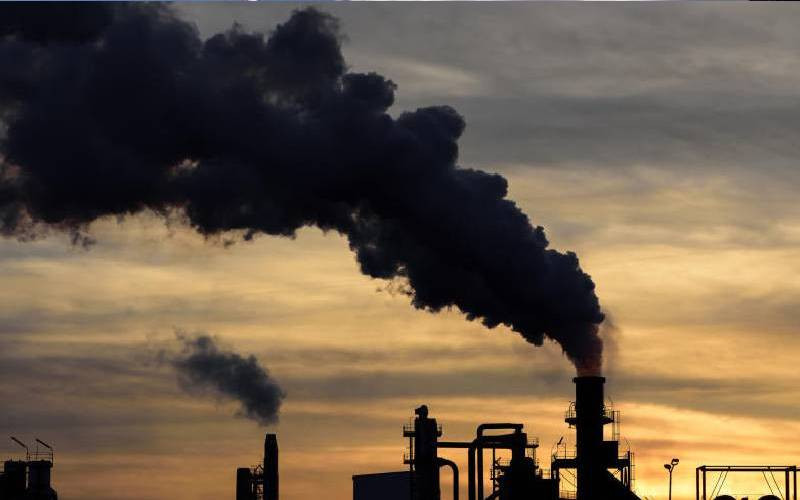Climate change continues to intensify, with recent records confirming that the planet is experiencing unprecedented warming. This alarming trend has heightened the urgency for countries, particularly those within the Greater Horn of Africa, to invest in robust early warning systems to mitigate the devastating impacts of extreme weather events.
Communities across the region are increasingly vulnerable to erratic rainfall, prolonged droughts, and sudden flooding. These events do not respect borders, often destabilizing entire nations and straining regional economies. Effective early warning systems are being recognized as vital tools in strengthening resilience, safeguarding livelihoods, and protecting lives.
Early warning systems provide timely and accurate climate information that enables governments, institutions, and communities to prepare adequately for adverse weather conditions. Reliable forecasts can prevent loss of life, minimize damage to infrastructure, and reduce the economic burden that comes with disaster response. However, the challenge lies in ensuring that climate information is accessible to all, particularly vulnerable groups in remote areas who often remain outside the communication loop.
Climate experts emphasize that resilience cannot be built in isolation. Regional cooperation is essential, as weather patterns and their consequences transcend national boundaries. Shared knowledge, coordinated planning, and collaborative action are needed to strengthen the collective response to climate extremes. Countries within the Intergovernmental Authority on Development (IGAD) and the East African Community (EAC) are being urged to harmonize strategies and pool resources to enhance the effectiveness of early warning initiatives.
For early warning systems to be impactful, information must reach the “last mile.” This means going beyond scientific forecasts to ensure that local communities understand the warnings and know how to respond. Effective communication, community training, and investment in grassroots structures are necessary steps to bridge this gap.
As climate-related risks become more severe and frequent, investment in early warning systems is no longer optional—it is an urgent necessity. Governments, development partners, and civil society are being called upon to prioritize funding, build capacity, and leverage technology to ensure that climate information is accurate, reliable, and actionable.
With stronger early warning systems, the Greater Horn of Africa can better withstand the challenges of an uncertain climate future. The choice today lies between proactive preparedness and costly inaction.

